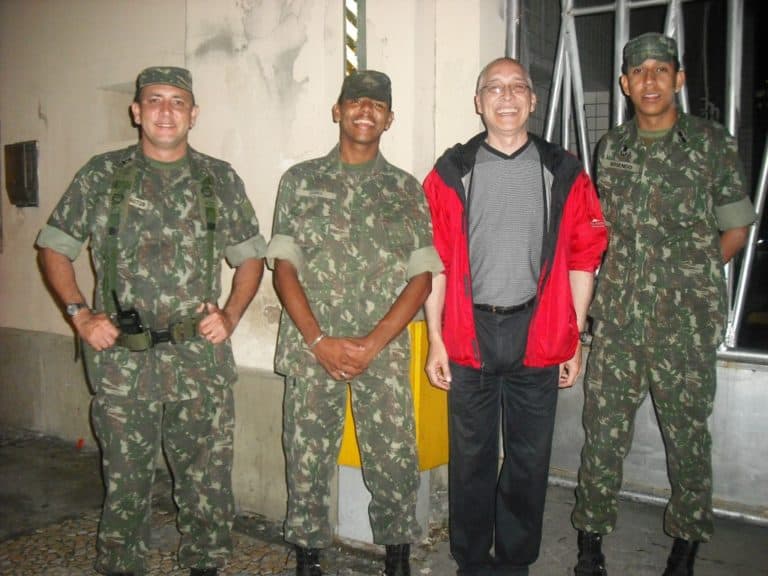Soldiers and Veterans
PTSD is a common pattern seen in soldiers returning from deployment who only begin to experience hyperarousal symptoms of anxiety and irritability many weeks, months or even years after their return as their nervous system begins to down-regulate from frozen or contained states that were activated and necessary to cope with military situations.
This amazing photographic study shows how soldiers are affected by their experiences of war even if they don’t realise. We can see it in their faces.
The initial ‘shut down’ or ‘freeze’ is also why husbands and wives of returned servicemen and women often experience a distinct ‘change’ in their partner upon their return home even if they are not yet displaying the traditional ‘arousal’ based symptoms of PTSD as their nervous system continues to operate in the survival mode required while on deployment.
Here a soldier talks about his experience using TRE to recover. And another video shows David Berceli using TRE with Colombian soldiers.
As these defensive states are created and perpetuated from deeper in the brain than our conscious mind, all too often, treatments that only focus upon cognitive approaches and talking to resolve PTSD do not provide an alternative avenue for the body itself to physiologically discharge these unexpressed fight and flight states to help down-regulate the nervous system to a more calm and relaxed state.
Consider a solider whose body is primed to tremor and shake in order to discharge any unresolved fight or flight energy that without this understanding of the benefits of this natural process is likely to suppress it and contain it in order to not look scared or overwhelmed – effectively escalating their nervous system into even more traumatic states of freeze and shutdown rather than allowing the discharge of the arousal states through tremoring and shaking if it wasn’t able to be discharged through fighting or fleeing.
One of the primary ways the body naturally dissipates these fight and flight responses is through involuntary tremoring and shaking, just as we see in the animal kingdom after a zebra or gazelle tremors at the water hole after surviving a lion attack, and just as humans also experience whenever we are overwhelmed or overexcited such as during traumatic events such as car accidents and natural disasters or even in situations where we are nervous such as public speaking.
Rather than allowing the tremors to discharge this defensive energy, we tend to suppress them through a lack of understanding and fear of appearing scared or nervous which effectively escalates the build up of the obvious fight and flight arousal responses to the even more internally charged ’freeze’ state that leaves us appearing calm and relaxed on the outside (even to ourselves) while internally our nervous system is still running to it’s absolute maximum.
When we understand this pattern of coming back down out of freeze states requires us to move through the arousal states of fight and flight that precipitated it, it makes sense that rather than trying to stop or inhibit these arousal states we use TRE to enable the body to naturally discharge this defensive energy in a controlled and safe way to down-regulate the nervous system towards homeostasis and assist the benefits of other cognitive based approaches.
David Berceli talks about how and why TRE works for soldiers – first video, second video.
David has now trained US veterans to be Certified TRE Providers and go out and help other veterans recover using TRE. And one of the leading ones is the veteran Adam McCabe, he teaches TRE in the non-profit organization called Huts for Vets. Here is a great video of the organization which includes a nice explanation of why vets benefit from TRE.
And Anthony McEntee also shows us in this video how TRE has helped him help himself – allowing his to regulate his emotions.
Edited version of the original with permission from Richmond Heath – www.treaustralia.com.au

